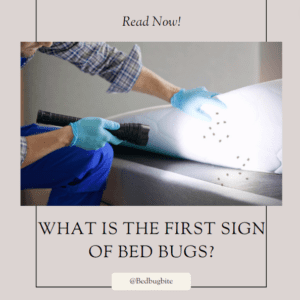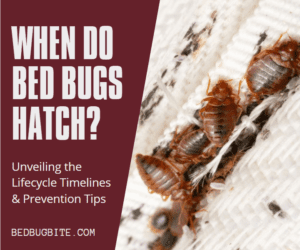Because we move around a lot, bed bugs can infest our homes at a relatively fast speed. When you see any sign of bed bug infestation, immediately find bed bug treatments for your home. In this article, we will look at some of those treatment measures you can use.
Bed bugs are very stubborn bugs that can be a source of worry to you. You can’t use pesticides on them because they evade pesticides. However, there are ways you can get rid of them. But you must remember the stage of infestation may determine the method you should use. For instance, you can use insecticides, but it might not be strong enough so many people may need to seek professional help.
Before you seek professional help, try out these methods to get rid of bed bugs from your home.
Identify Infestation and affected areas
Most people will first check for signs of bed bug bites. Often these bites look like wheals or lesions of over 5 centimeters with a lot of itching. They can also find blood spots on their bed sheets. But it’s often better to go looking for them before they reproduce. Smaller infestations may be harder to detect, but they are cheaper to treat.
You can search for them on your own or get the professional to help you. Look for bed bugs in places like:
- Seams of a couch or mattress
- The folds of curtains
- Seams of the ceiling and wallpaper
- In furniture joints
- Between couch cushions
- At the tags of box spring and matter
- In headboard or bed frame cracks
- Around electrical outlets
- Under posters or paintings on the wall
- Around baseboards
Use these signs to look for bed bugs;
- Bloodstains on the mattress
- Yellowish skins, eggshells, pale yellow eggs from young bed bugs
- Bed bug droppings usually period sized dark spots
- Reddish live bed bugs
Treatments for getting rid of bed bug infestations
Once, you find evidence that there is a bed bug infestation; it’s time to get rid of them. Here are some home bed bug treatments that can work for you.
Vacuum your home
Vacuum your room, especially areas around your dresser, carpets, electronics, and bed. Seal all affected clothes in a plastic bag until you can wash them. Anything you cannot wash should be thrown away or placed in a plastic bag for about a month.
Organize your home
Make sure you clean or throw out drapes, clothing, carpets, linens, and other areas they can hide. Thoroughly clean and arrange your home but don’t move items from an infested room to other areas in your home. It can spread the infestation. Arrange your electrical outlets; close up cracks in the furniture or wallpaper.
Use Heat Cleaning methods
Now wash your cloths with very high heat (115°F (46°C)), or freezing (32°F(less than 0°C)). You can also run a steamer on your couches, mattresses and other hiding spots. When you find infested items, pack them up for up to two to five months, especially in colder temperatures. You can also put those bags in the freezer at -17oC for four days.
Use chemical Bed Bug treatment
If those other methods don’t work, try EPA- registered insecticides that are marked for bedbug. Some of them include:
- Pyrroles
- Pyrethroids and Pyrethrins
- Neonicotinoids
- Bed Bug EcoRaider (plant oil-based products)
- Bug bombs or foggers
- Effective all natural Bed Bug Treatments? An alternative to harsh chemical treatments.
Get the Pros into the area
Monitor areas for signs of bed bug activities for up to seven days. You can also use bedbug interceptors on the legs of your bed to trap bedbugs. If there are signs that the infestation may be more, get the professionals involved. Pest control companies have the bed bug treatments and chemicals that aren’t available to you. CDC Bed Bug Treatments



